We enjoyed our time at the museum established to remember the miraculous evacuation of 338,226 soldiers over a 10-day period starting 26 May 1940.

A simple sign on a brick headquarters building marks the entrance to the museum.
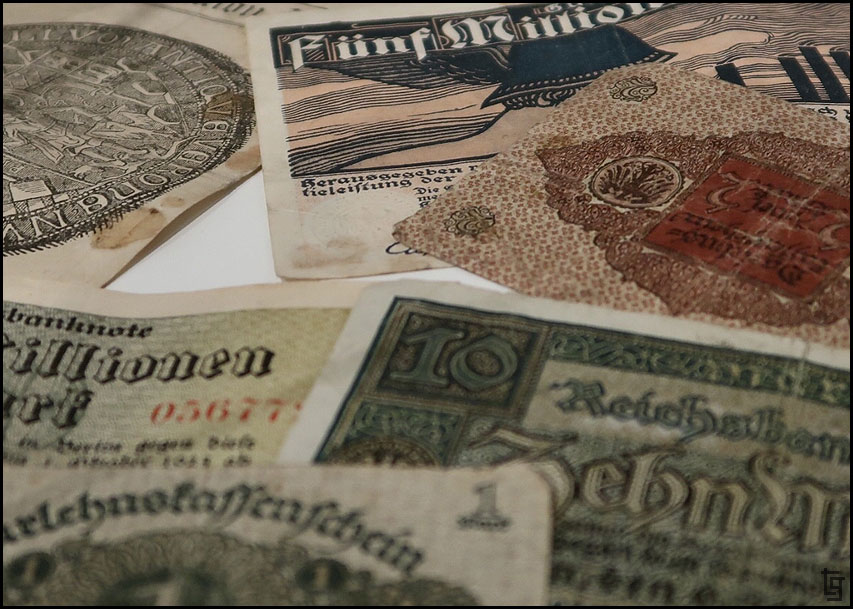
Some of the money bills used during WW2.
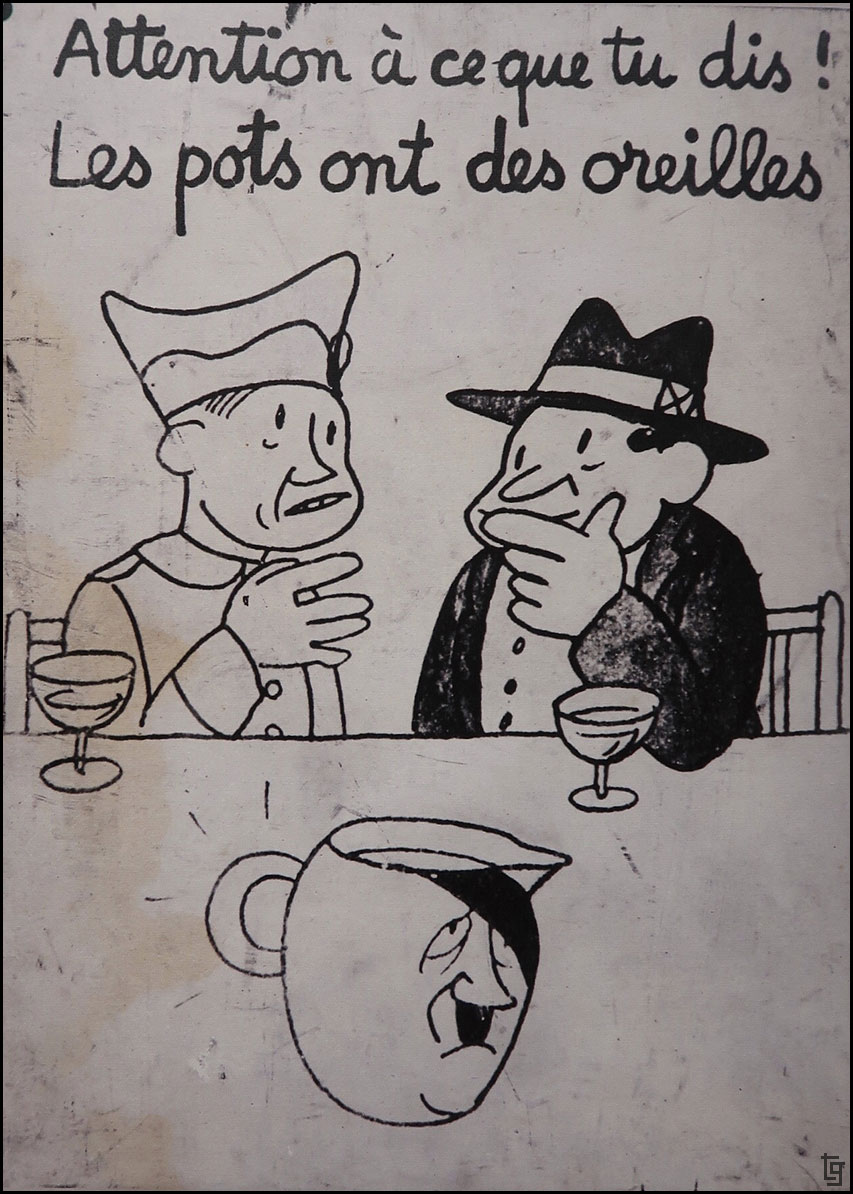
A poster reminding people not to talk about military operations in public.
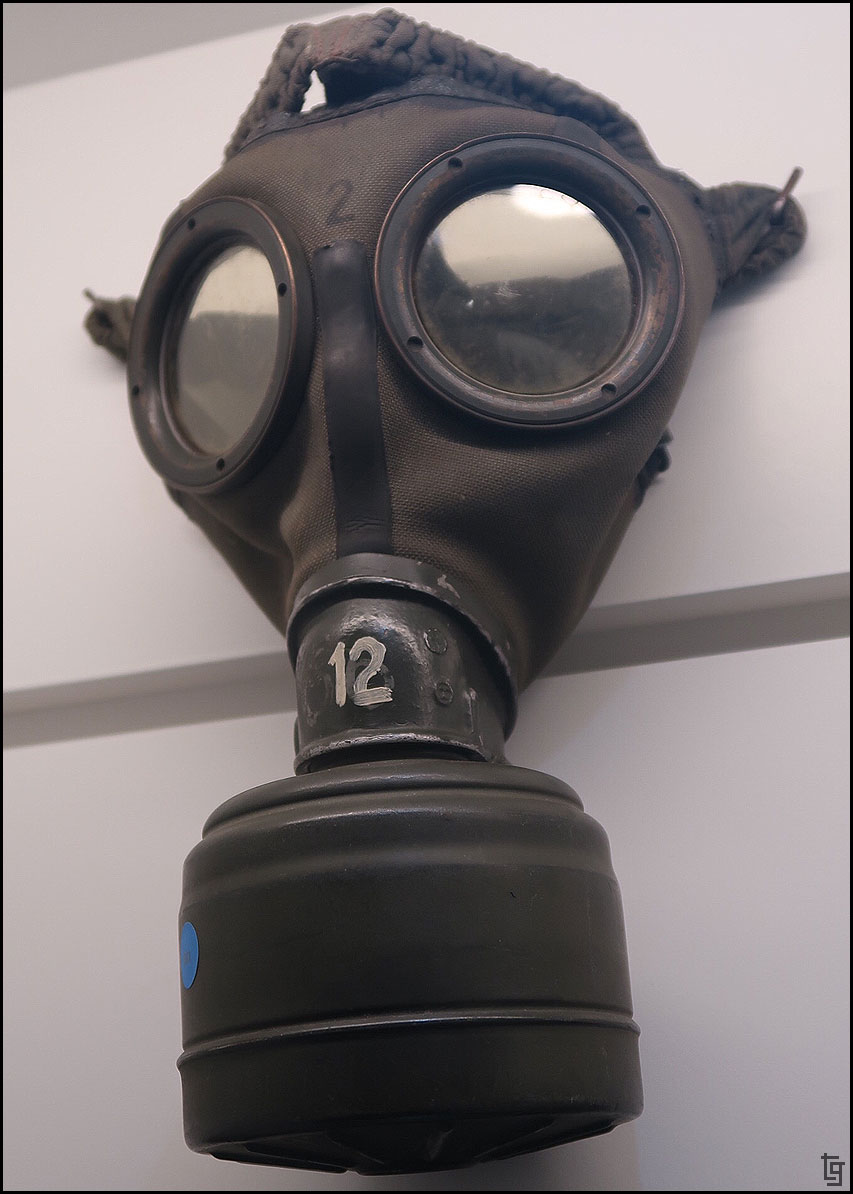
A military-issued gas mask.
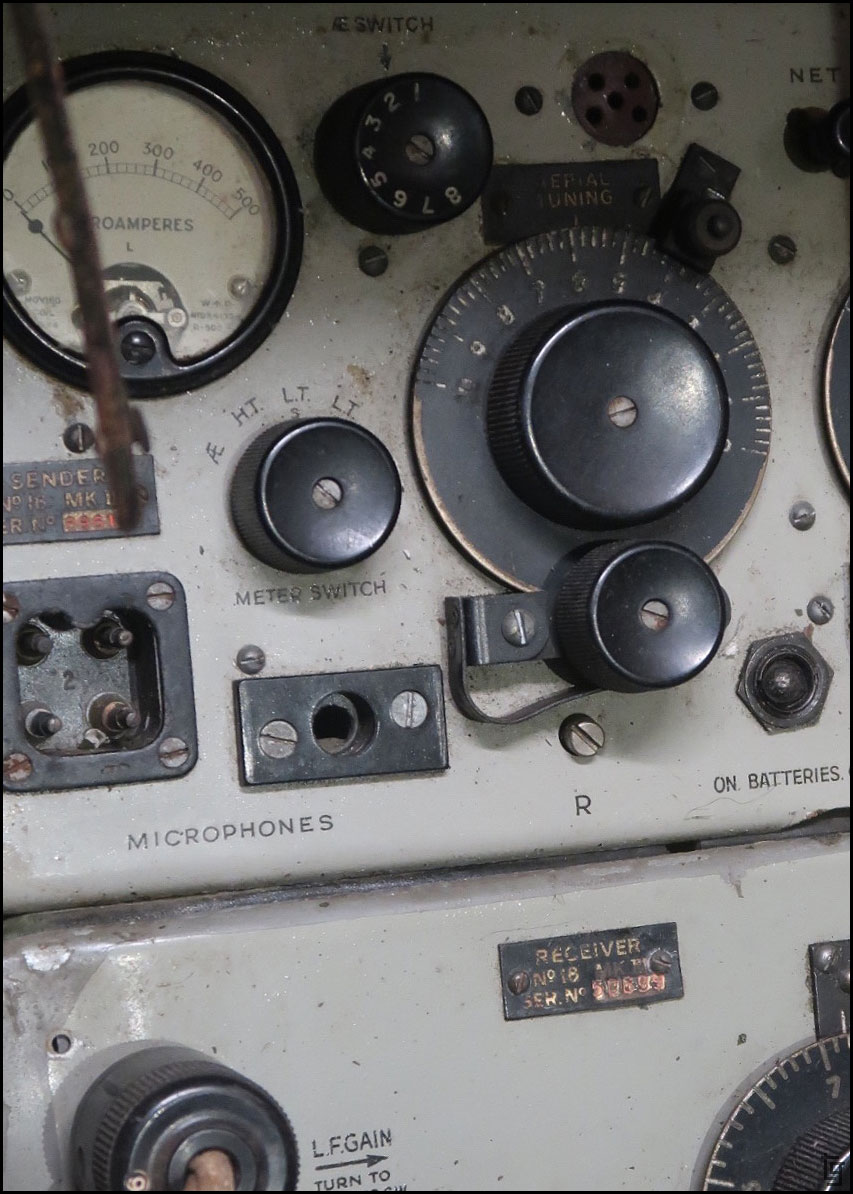
The heavy radios used the 1940s.
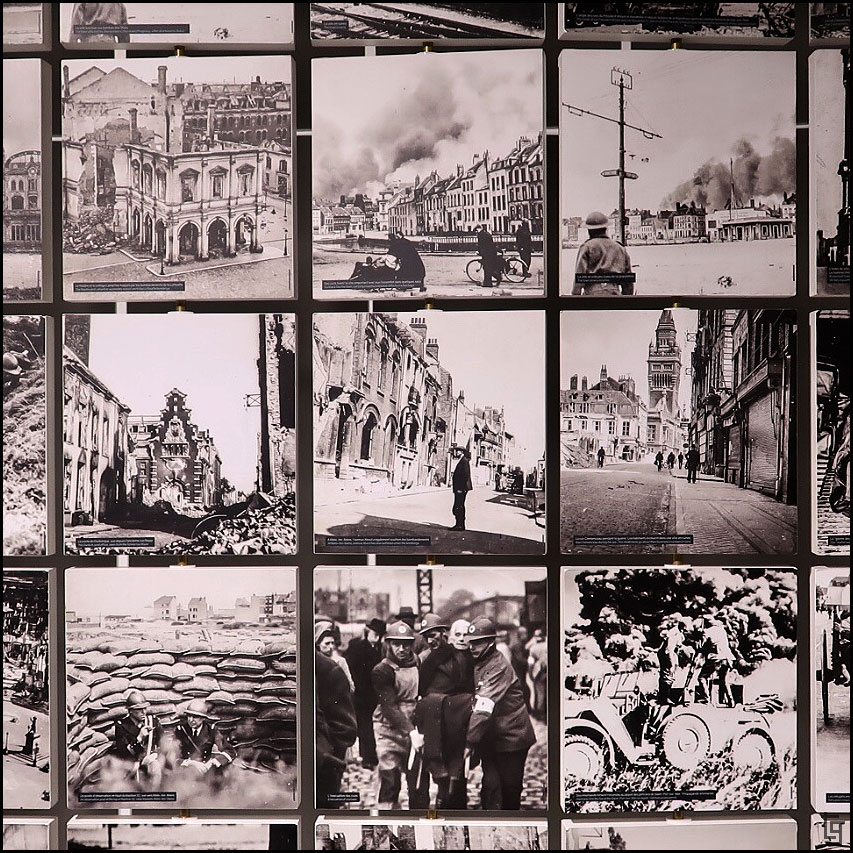
Pictures of war. I’m grateful for these photographers so that we have imagery to remember the horrors of war.
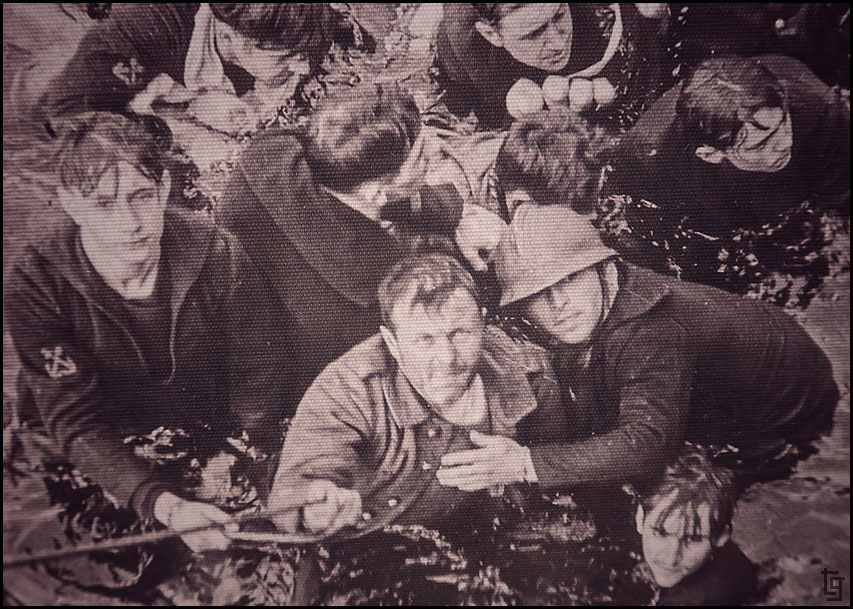
Many soldiers waded through the surf and cold waters to reach the rescue ships.
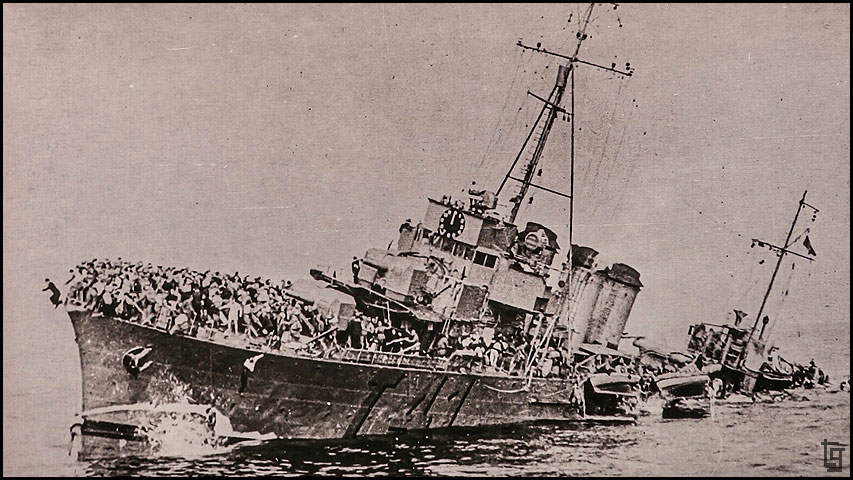
Many of the allied ships (over 38 percent) were bombed or mined during the evacuation.
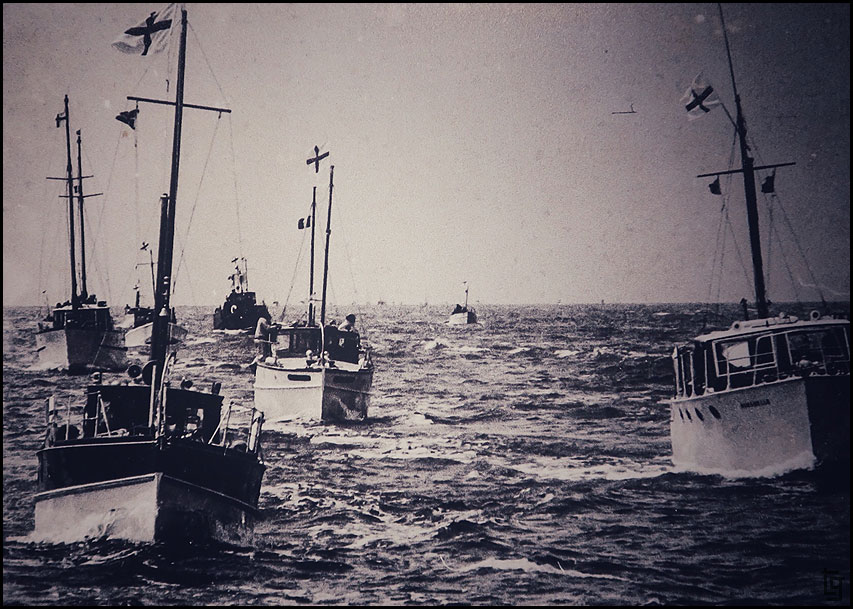
Although the number of private vessels used during the operation was difficult to estimate it is believed that nearly 850 boats were used. Many of these boats were strictly civilian crewed.
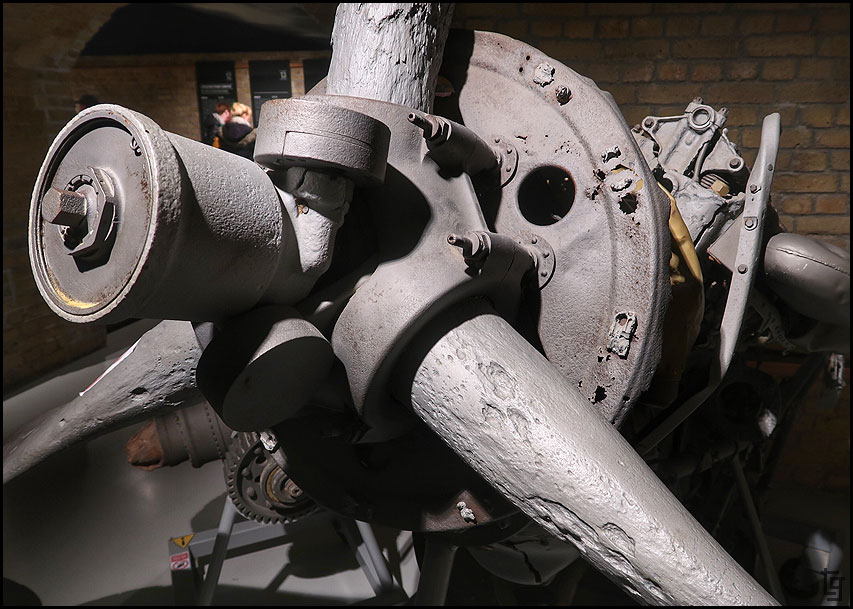
Rolls Royce Merlin engine from a British Spitfire recovered from the ocean. 3,500 sorties were conducted by the RAF in order to support the 10-day evacuation.
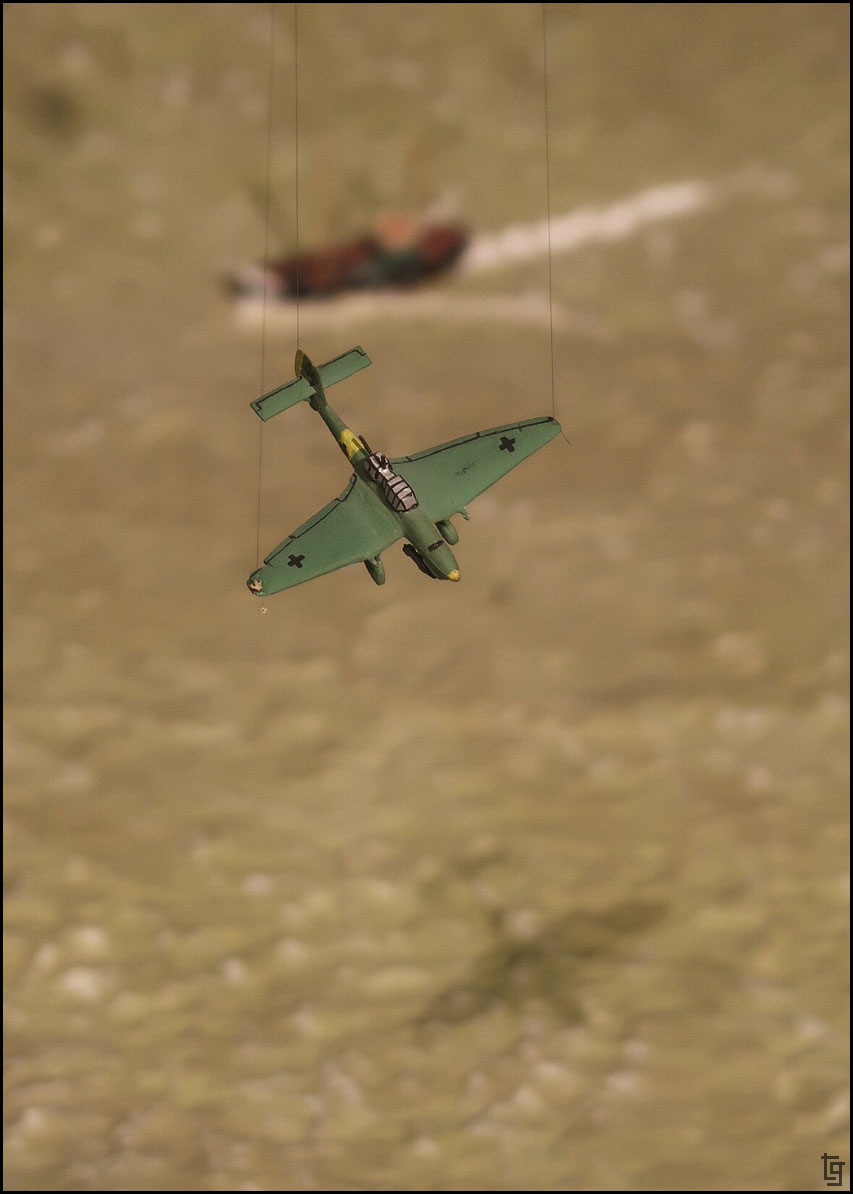
A model of a Junkers Ju 87 or Stuka as it begins it dive attack on allied shipping at Dunkirk.
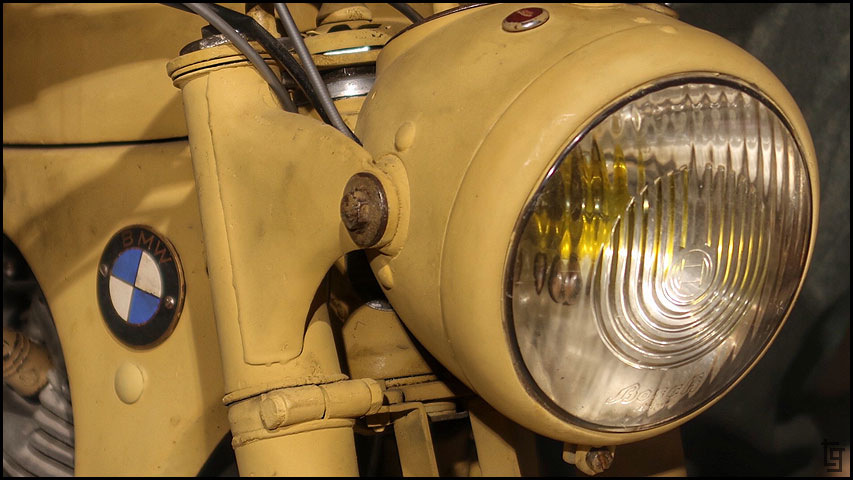
A BMW logo hasn’t changed much since the 1940s.
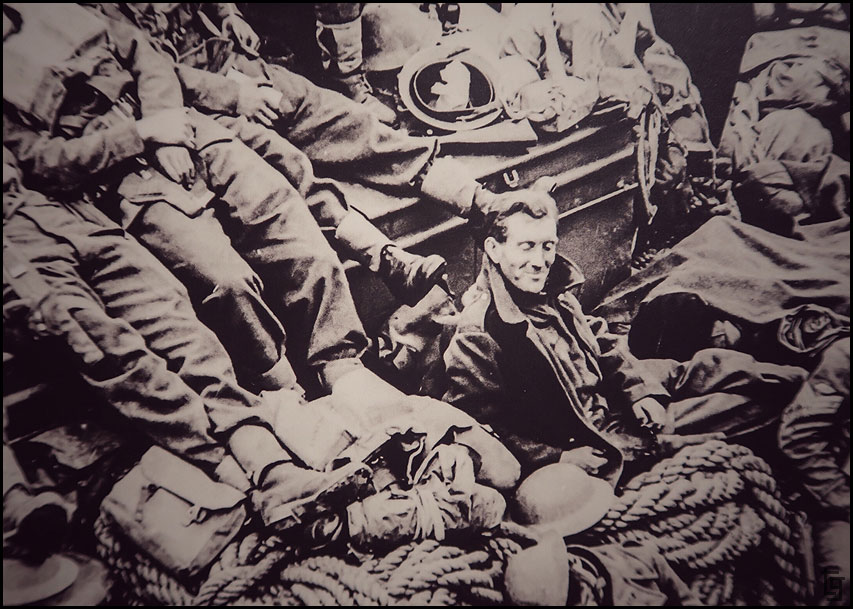
I can’t imagine the relief many felt once they were on a friendly ship heading back to England.
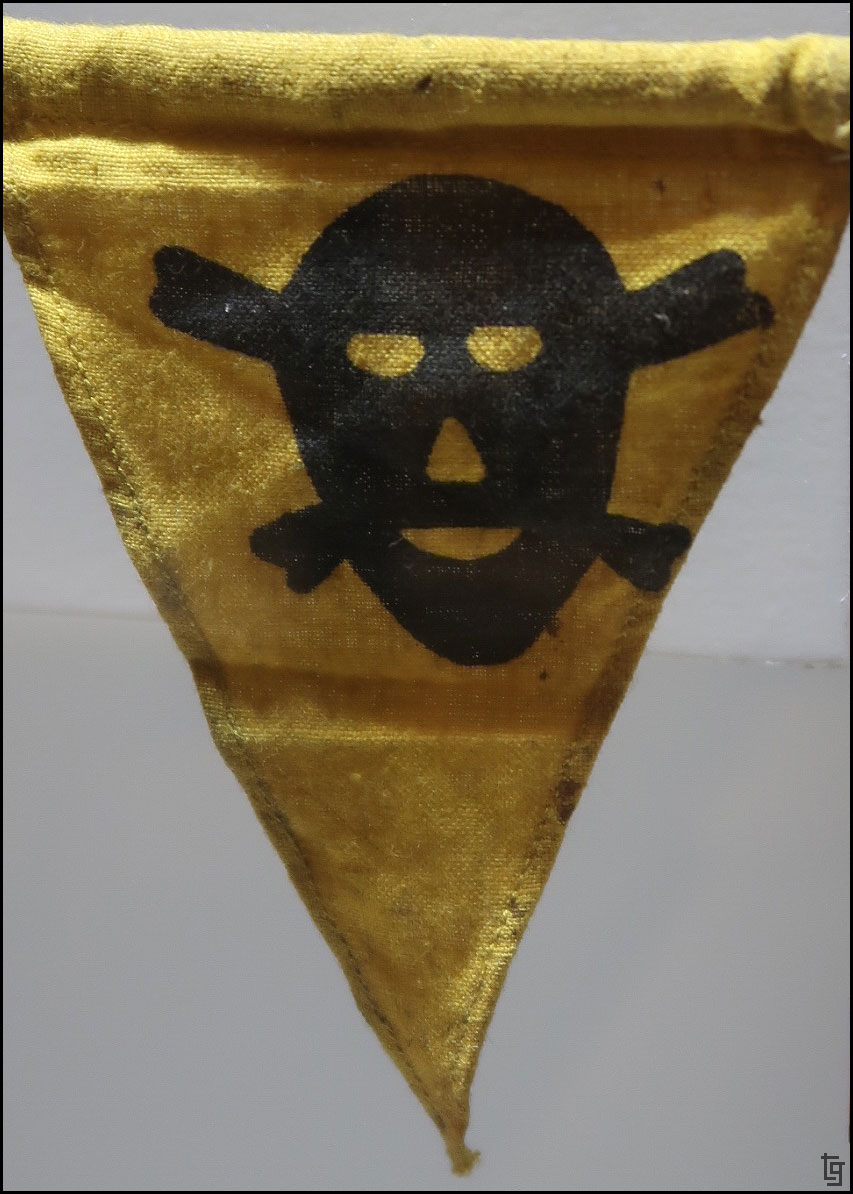
A flag used to mark beach mines or unexploded ordinances.
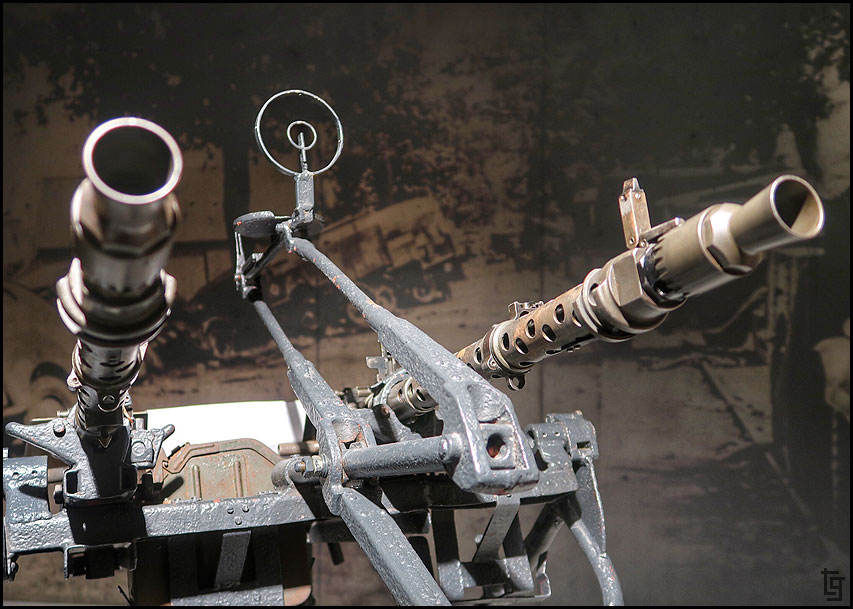
A pair of German Maschinengewehr 34 machine guns configured for anti-air operations.
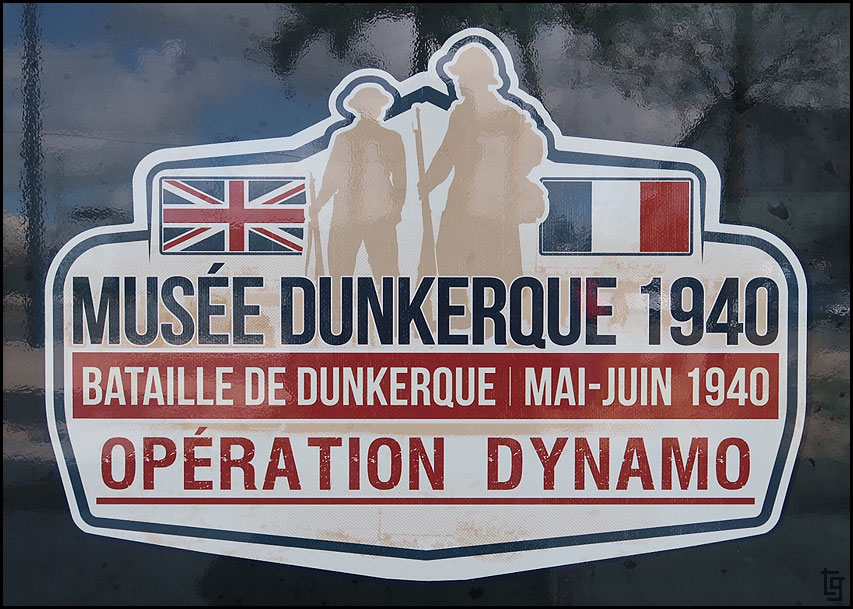
We spent about an hour in the museum and left with a newfound respect for those who fought so desperately for their lives.

In just a short time we’ll be on our way to the UK!...







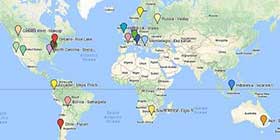











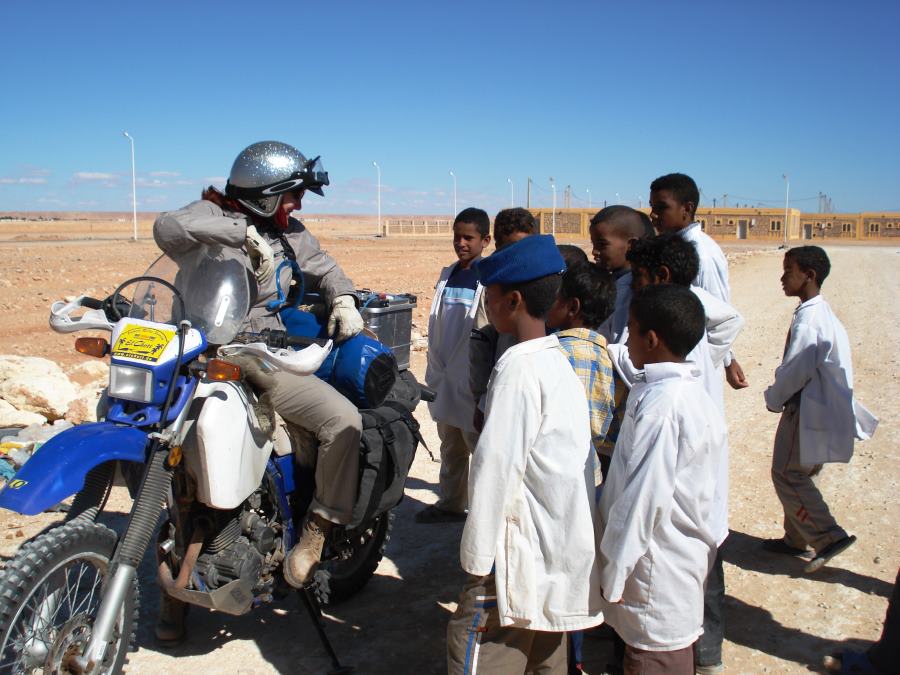

 3Likes
3Likes




























 Threaded Mode
Threaded Mode







